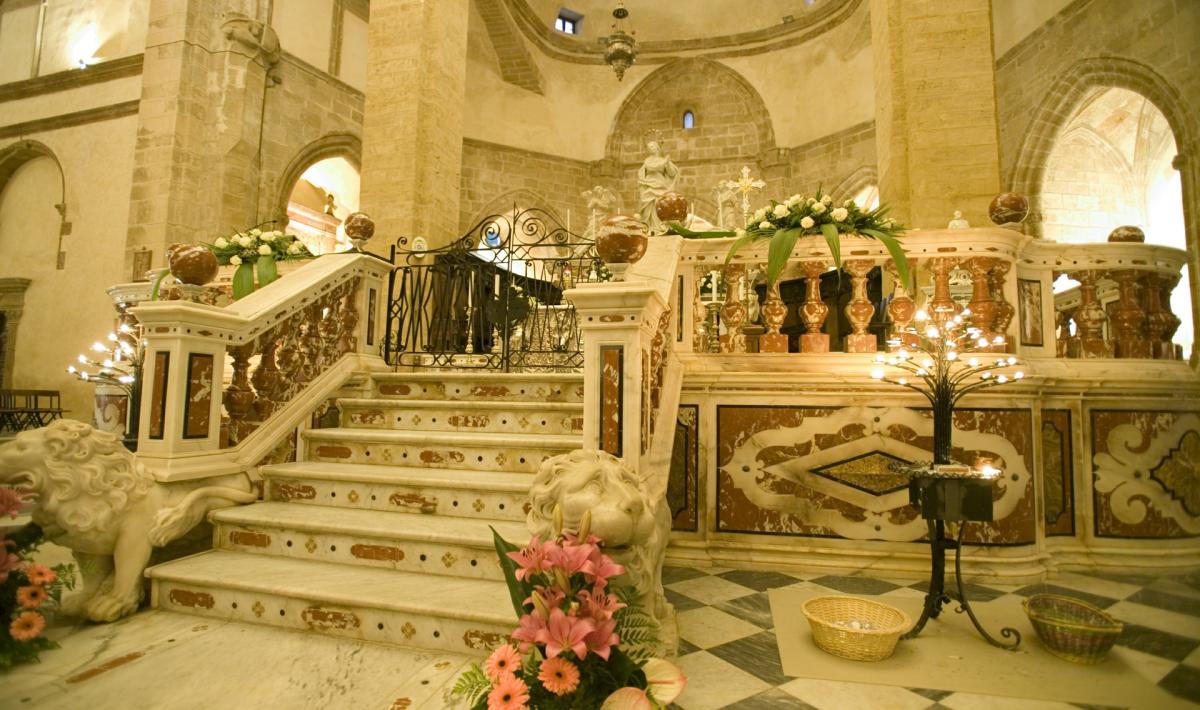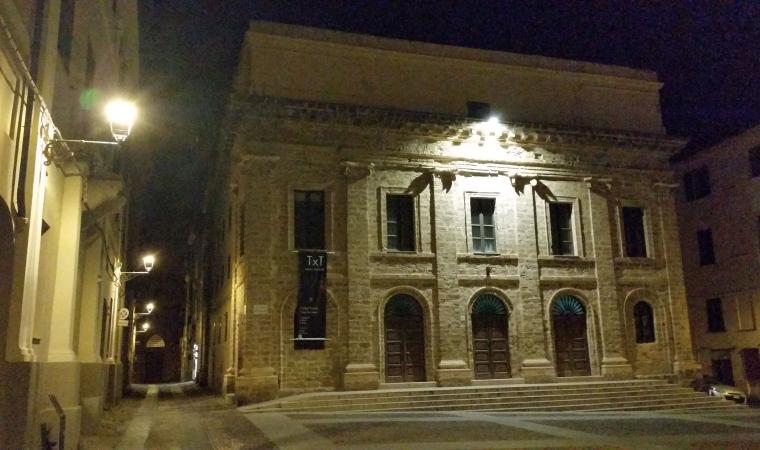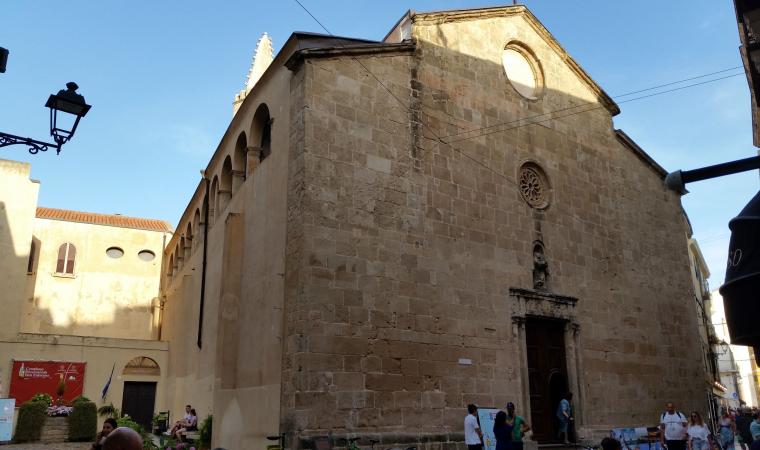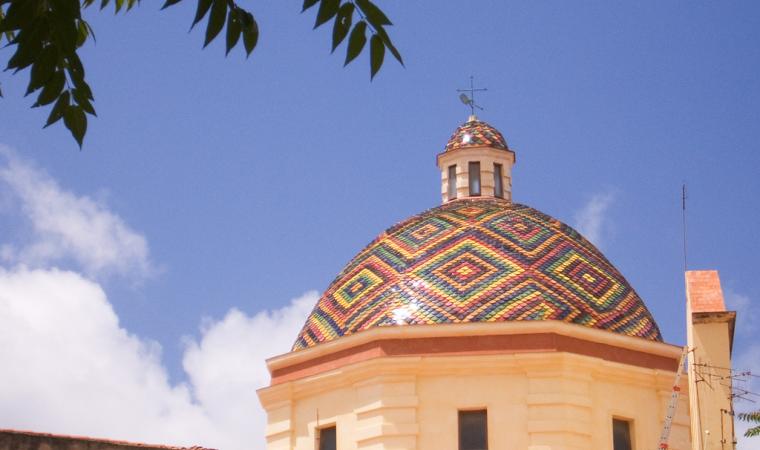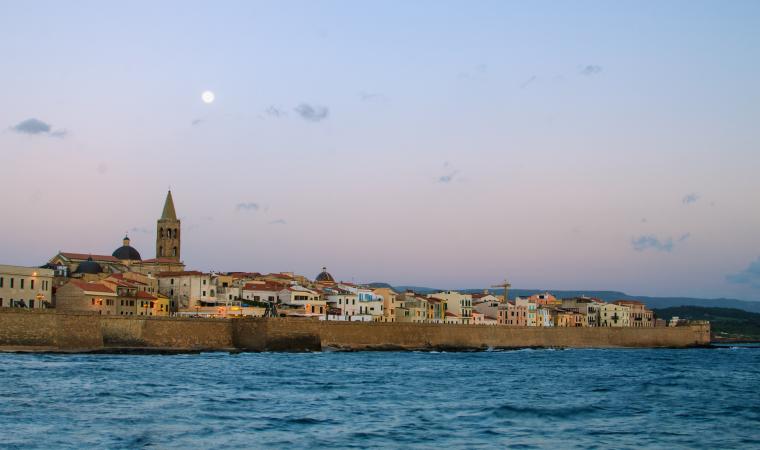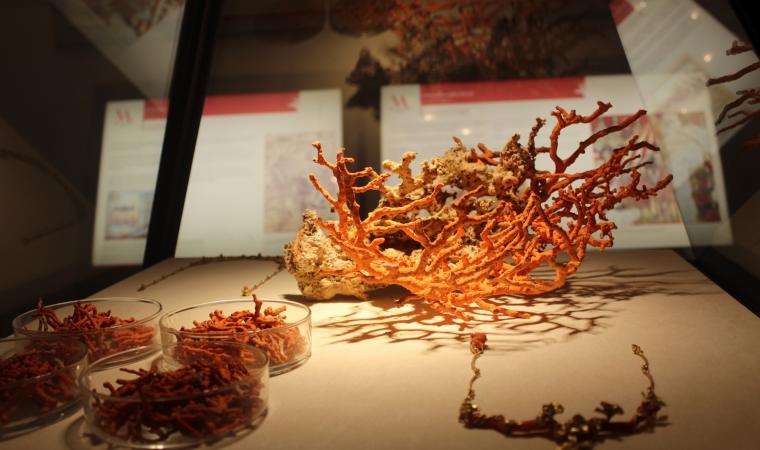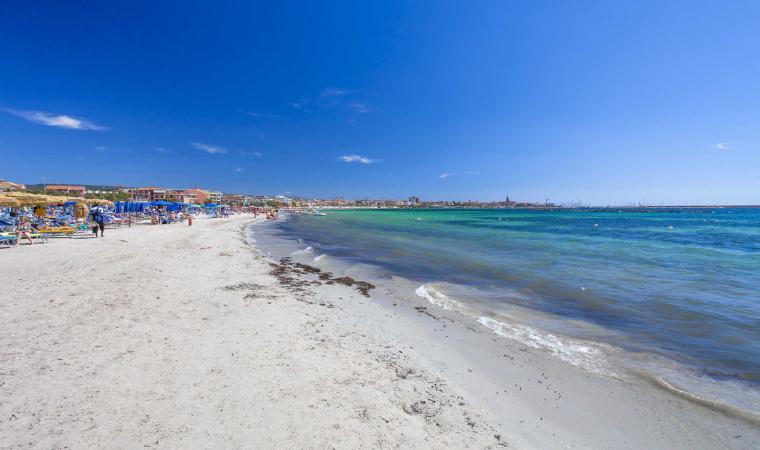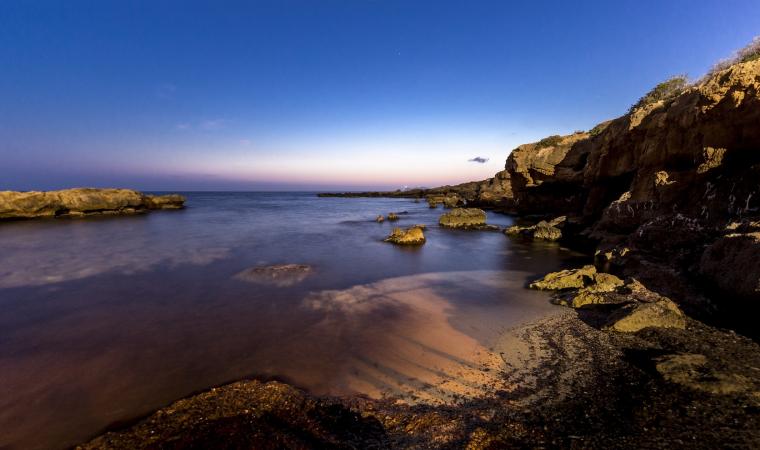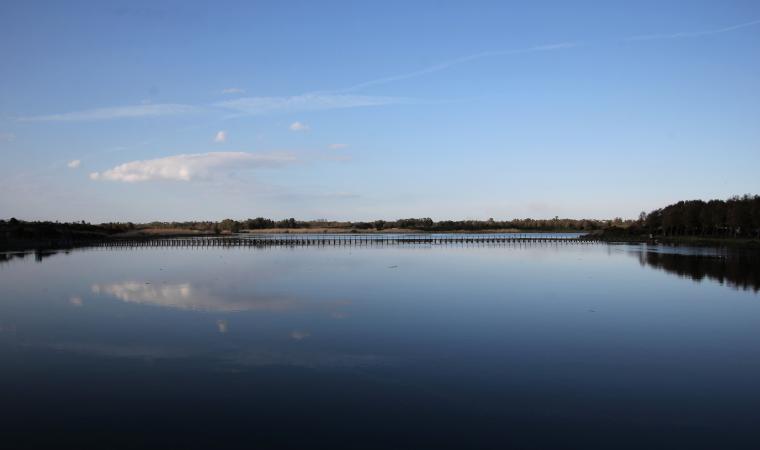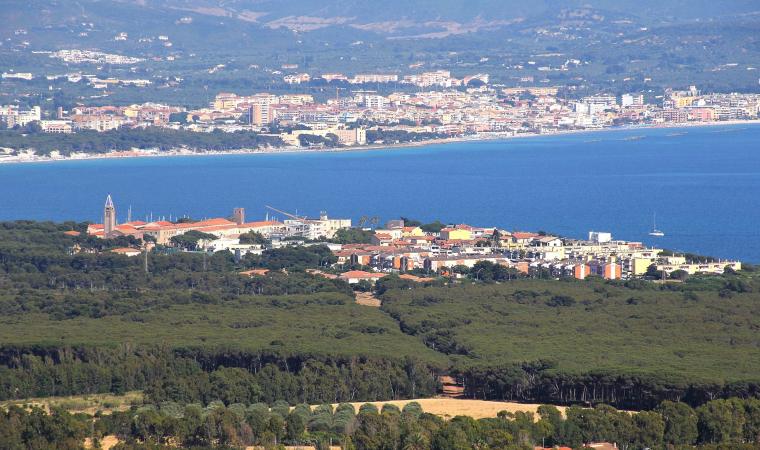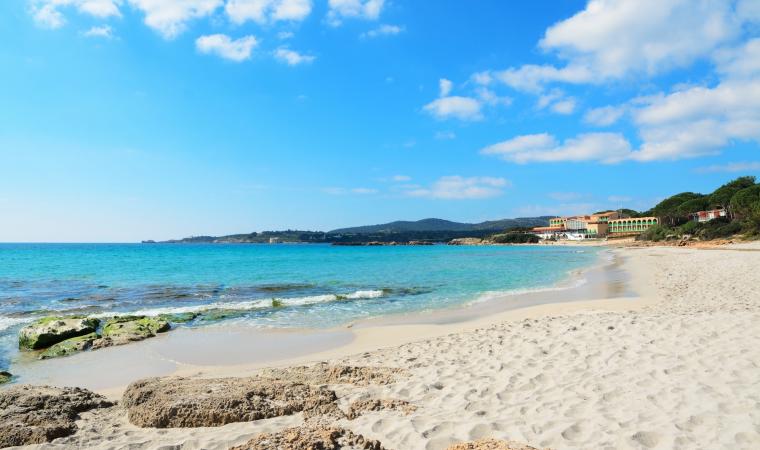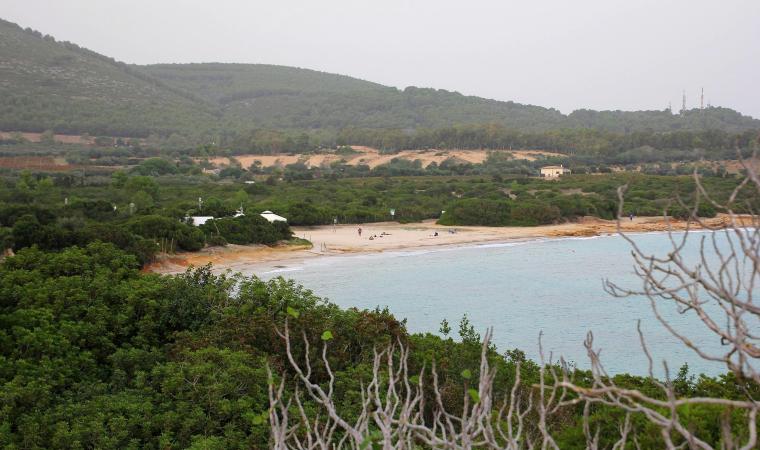When observing Alghero from the sea, beyond the port and the city walls, you will see the bell tower of Santa Maria, the religious heart of the historic centre. When the diocese of Alghero-Bosa was proclaimed (1503), the city was without a temple that could serve as a cathedral: its construction began in 1530. The works lasted for centuries, as revealed by the mixture of styles: the base is Gothic-Catalan, on the model of the Cathedral of Sant’Eulalia in Barcelona, and later interventions followed a late-Renaissance design. In 1593, the cathedral was consecrated, despite not being finished: in 1638, vaults were built over the transept and the dome.
The octagonal bell tower is its symbol. It is crowned by a pyramidal spire, covered with multicoloured majolica tiles, typical of Catalonia, and dotted with arches and pinnacles. The main portal is in Piazza del Duomo, where a monumental neoclassical-style pronaos with a triangular tympanum supported by Doric columns looks out, dating back to 1820. The interior has a Latin cross shape with three naves separated by pillars. At the entrance, looking up, you will notice a gallery in which the ancient organ is positioned. In the side naves there are three chapels per side, decorated with works of art. The first on the left, dedicated to San Carlo Borromeo, contains the baptismal font. The first on the right, that of the Blessed Sacrament, is the most lavish and has a marble altar, decorated with a small temple in the centre and niches with statues of the theological virtues on the sides. The transept also contains masterpieces, including the neoclassical mausoleum of Maurice of Savoy, Duke of Monferrato, sculpted by Felice Festa (1807).
At the junction point between the central nave and the transept, under the dome, there is the presbytery, which is raised with respect to the floor, where Giuseppe Massetti created (1727) the high altar in multicoloured marble. The ‘Immacolata tra angeli’ (Immaculate Conception with angels), an elegant pulpit and the balustrade of the steps, which ends on the backs of two lions curled up over eagles, like in Cagliari Cathedral, are also his creations. In the apse, there are five Gothic chapels with wooden and marble altars. On the vault, there are frescoes: the expulsion of Adam and Eve from Paradise (by Mario Delitala) and the Assumption (by Stanis Dessy). The cathedral’s treasure also includes the golden and multicoloured retable of the Virgin Mary and Souls in Purgatory, a work by Michele Masala (1742).

